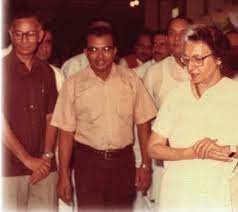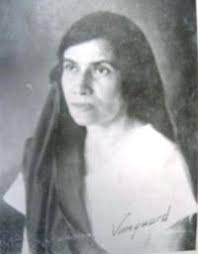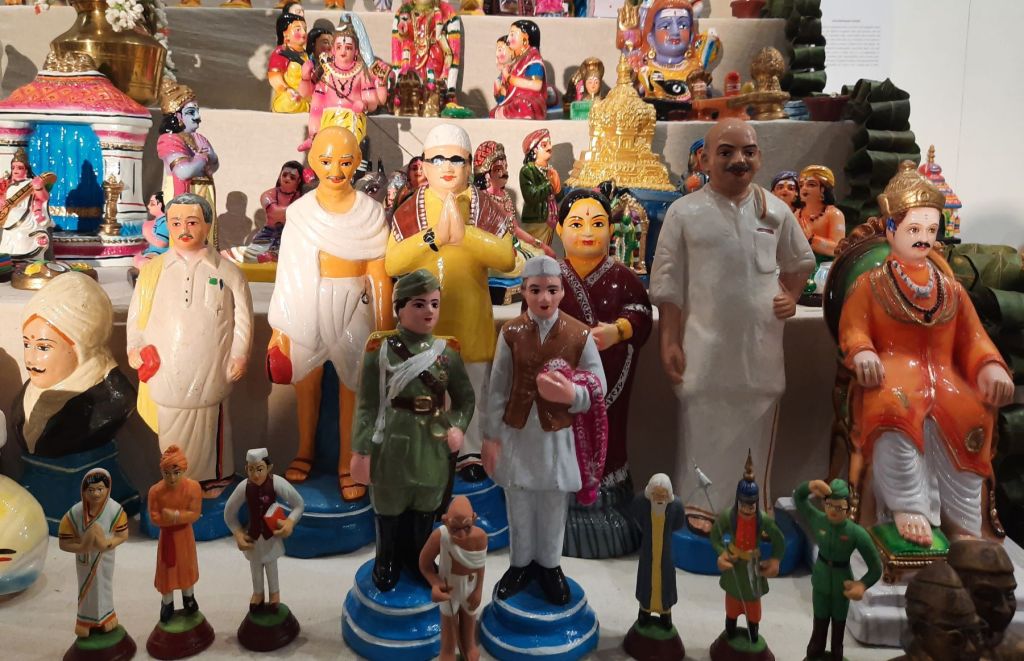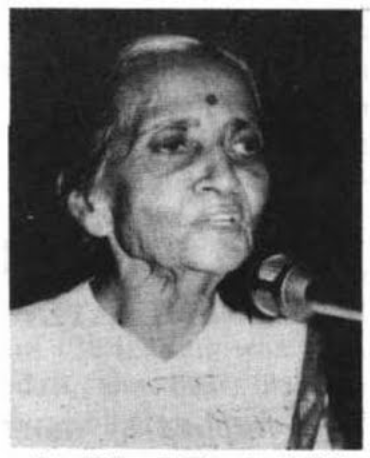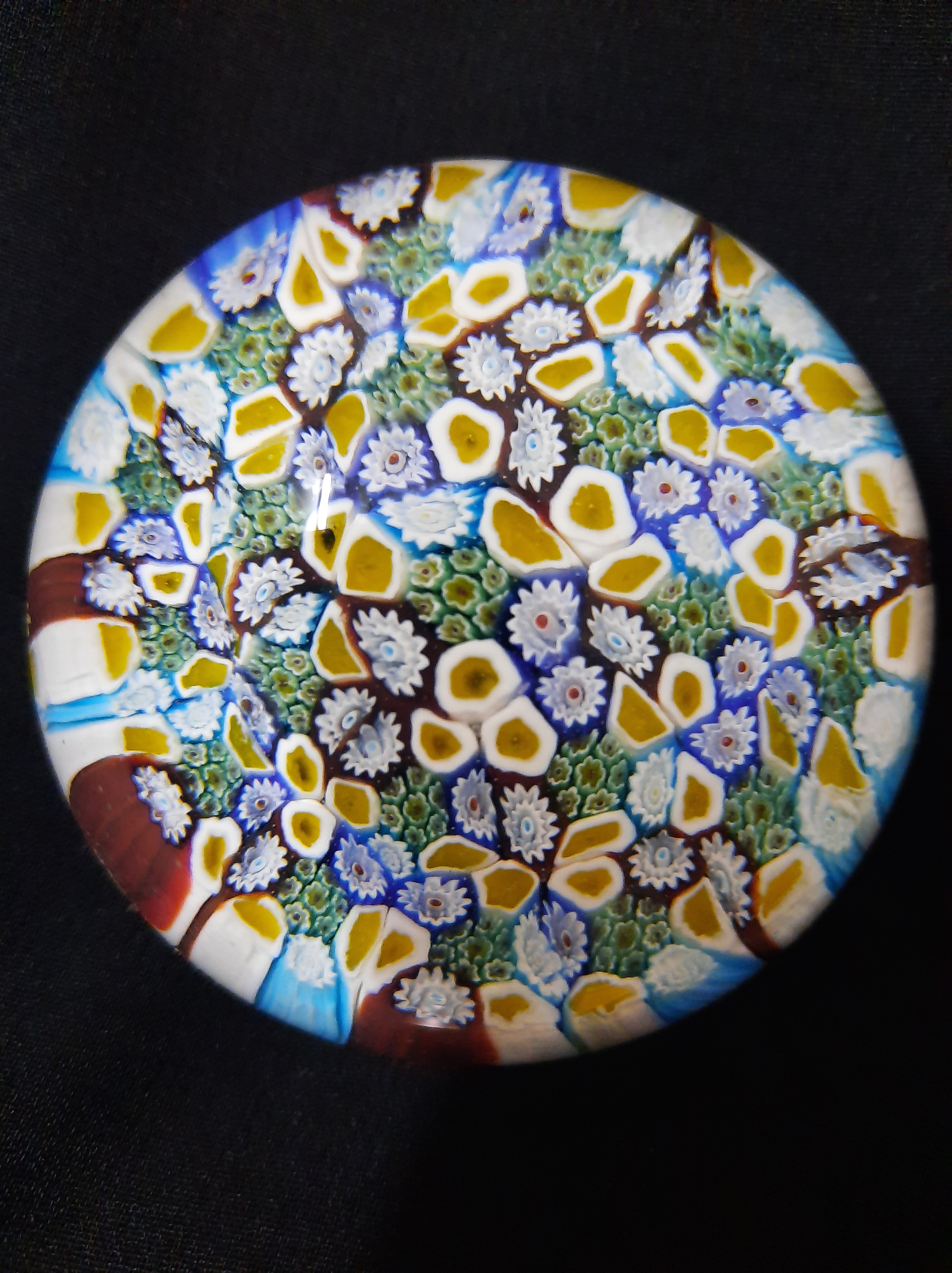As we go for our walk nowadays, the early October mornings are filled with a heavy sweet fragrance. We look up to see the trees that look as if they have been sprinkled with an overnight flurry of snowflakes. The Saptaparni is in bloom!

The Saptaparni is one of the many names of the tree, but one that most literally describes it. It comes from two Sanskrit words—sapta meaning seven, and parni which refers to leaves. The tree is characterised by its pattern of (generally) seven leaves which grow in a whorl attached around a stem. In addition to Saptaparni which the tree is called in Sanskrit as well as in Gujarati, the tree is known by different names in different Indian languages: Marathi – Satvin, Hindi – Shaitanki Jhur, Chatwan, Chatian, Bengali – Chattim, Tamil – Palai, Elilaippala, Malayalam – Palai, Telugu – Edakulapala, and Kannada – Maddale.
One of the English names of the tree–Devil’s Tree–however refers to the beliefs associated with the tree. Folklore in many parts of India associates the tree as one on which the Devil resides. This association is reflected in the local names such as Shaitan, Chaitan, Chattim etc.
Another English name of the tree is Blackboard tree or Scholar tree. This is because in the past the wood of the tree was used to make slates and blackboards. This is also reflected in its botanical name Alstonia scholaris. The generic name Alstonia commemorates the distinguished botanist Professor Charles Alston of Edinburgh, while scholaris is a reference to its traditional use to make wooden slates for students.
When leaves are plucked the tree yields a milky sap. The sap is toxic, and in large doses the bitter and astringent extract from its bark can be harmful. But the tree is also known to have a number of medicinal uses, especially in traditional medicine. The famous Ayurvedic physician Charaka used a paste of Saptaparna bark, known as Dita Bark, in ointments for chronic skin problems, and in prescriptions for urinary diseases. Another ancient physician and surgeon Sushruta prescribed the drug internally as well as externally in urinary diseases, poisoning, fever, malignant ulcers, leprosy and other virulent skin diseases and fistula. It is said to be useful in heart diseases, asthma, chronic diarrhoea, and to stop bleeding from wounds. The fresh bark juice with milk is said to be administered in leprosy and dyspepsia as well as to treat ulcers. The bark is also used in Homoeopathy for weak digestion, anaemia, low fever often with diarrhoea, dysentery and as a tonic after exhausting fever. The tree has been used in traditional Chinese medicine to treat headache, influenza, malaria, bronchitis and pneumonia.

However it may be named—by form, by folklore, or by use, this indigenous evergreen tree is found in most parts of India. It has a rough greyish bark, and the branches grow evenly around the trunk giving the tree a beautiful form. The whorled pattern of slightly rounded dark green leaves distinguishes it. The tree is transformed in the flowering season, which is between October and December. A night bloomer, the greenish-white flowers grow in ball-shaped clusters and exude a heady fragrance. Perhaps it is this phenomenon that has led to the belief in many tribal communities that the tree is where the devil resides; and thus people avoid sleeping under the tree, or even sitting under it. The belief could also be related to the fact that some people may be allergic to its pollen or fragrance, irritating eyes, or causing breathing problems. This may have led to the association that sleeping under a saptaparni tree could make a person ill.
This tree does not feature as prominently in art and literature as do some others. But the Soptoporni or Chatim (as it is called in Bengali), has an interesting link with Tagore’s Shantiniketan. The story goes that in 1862, Debendranath Tagore (the father of Ravindranath, and a leading figure in the Indian Renaissance) was on a boat journey. As he was passing the village of Bhubandanga, he saw lush green paddy fields bordered by rows of wild date palms and Chatim trees. He decided to step off the boat to rest; and sat in a glade of chatim trees for his evening prayers. He was filled with such a sense of peace and happiness that he bought 20 bighas of land there to set up a spiritual retreat which he named Shantiniketan (the abode of peace). The place with the grove of Chatim trees was named Chatimtala. Later Rabindranath expanded the retreat and its activities and it became the Vishwa Bharati University, but the Chatim trees became a symbol of the origin and spirit of the great institution. This was also demonstrated in the tradition that at the university’s convocation ceremony, every student was given, along with their degree, a whorl of saptaparni leaves. In recent years, supposedly to prevent excessive damage to environment, this presentation has been made symbolic–the vice chancellor of the University accepts one saptaparni leaf from the chancellor on behalf of all the students.
Going back to its other name—Devil’s Tree, there is a lovely folk tale from Madhya Pradesh.
Once upon a time there was shepherd boy who loved to play the flute. Every day as his goats grazed in the hills, the boy sat in the shade of a Chatian tree and played his flute. In the tree lived a fierce spirit or shaitan who scared away anyone who dared to sit in the shade of its tree. But when the spirit heard the boy playing his flute, he could not help being charmed by the melodious music. He would come down from the tree and dance joyfully to the lively tunes. The shaitan and the boy became good friends and passed the days with music and dance.
One day a prince was passing by and he heard the notes of the flute. He was entranced. He asked the boy to play for him every day. He promised that when he became king, he would make the boy his minister. After he left, the shiatan came down from the tree and warned the boy not to believe rich people who made false promises. But the young and innocent boy was taken in. The prince came every day and the boy entertained him with his music. The shaitan was upset and refused to come down from the tree anymore.
Time passed; the king died and the prince ascended the throne. The shepherd boy was excited; he went to the palace to meet his friend who was now the king. But young king refused to recognise his old friend and drove him away. Heartbroken, the boy returned to the hills and sat dejectedly under the Chatian tree, not even able to play his flute. The shaitan was concerned. He came down and the boy told him his sad saga. The Shaitan was enraged; he put a curse on the king which transformed him into an ugly monster. The palace announced a reward for whoever could break the spell. The shaitan was delighted that he had taught the king a lesson, but the kind hearted boy was very upset and said that he would not play the flute until the shaitan had taken away his spell. Finally the shaitan relented. He told the boy to go to the palace with a branch of the chatian tree, and wave it three times in front of the king, with the words “the spirit of the chatian tree release you from their magic”. This time the boy was allowed in, and he did as the shaitan had told him to. The king was restored to his original form. The king was overjoyed and asked the boy to stay in his palace and become his minister. But the boy was wiser this time. He said “I am only a shepherd, and all I know is to play the flute.” And he returned to his hills and his goats and his favourite chatian tree, to play his beloved flute. And the shaitan joined his friend to dance in joy every day.
I love this story. We have a Devil’s Tree at our front gate. I would like to believe that the friendly spirit in the tree protects our home, and that it enjoys the music that we play!
–Mamata



